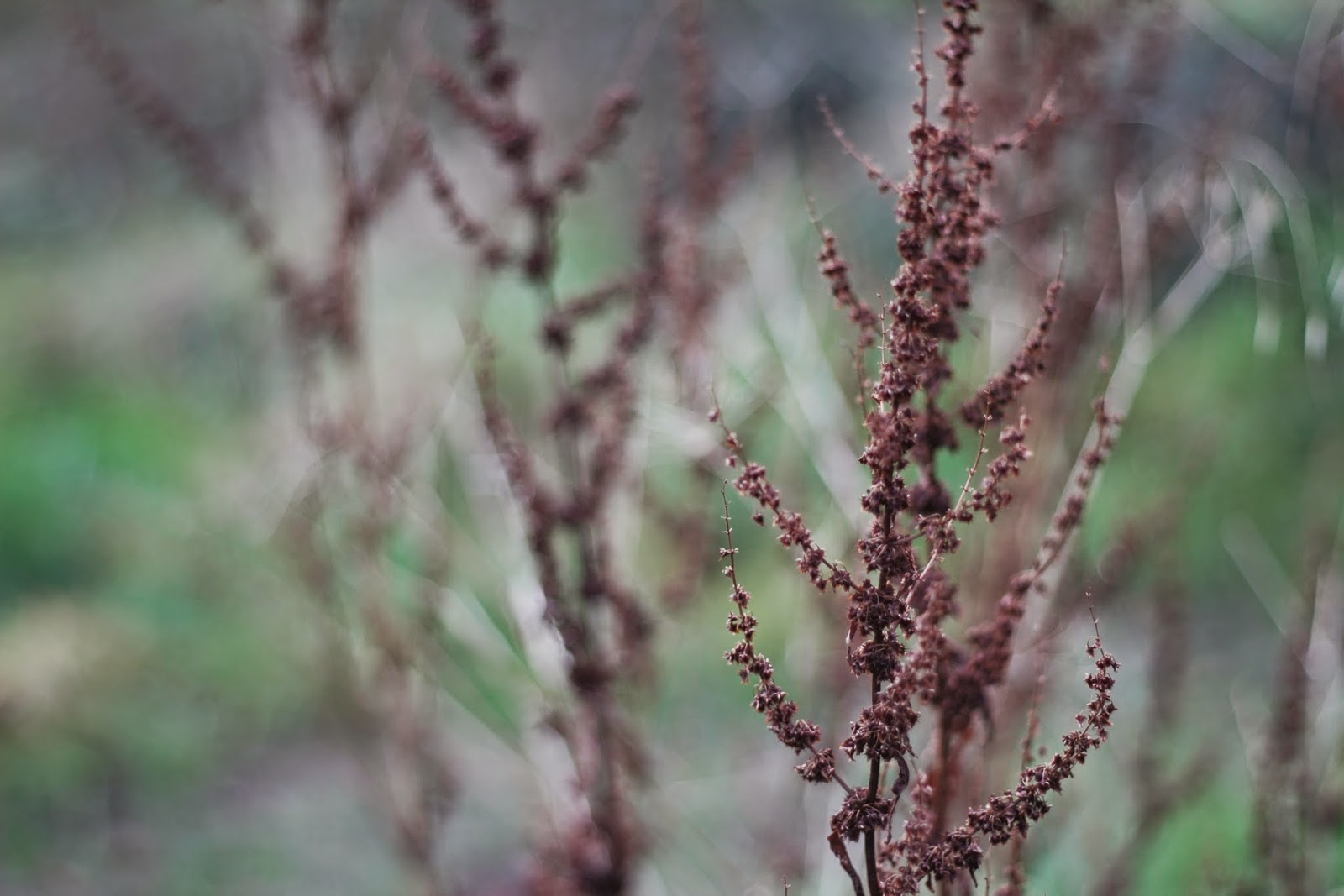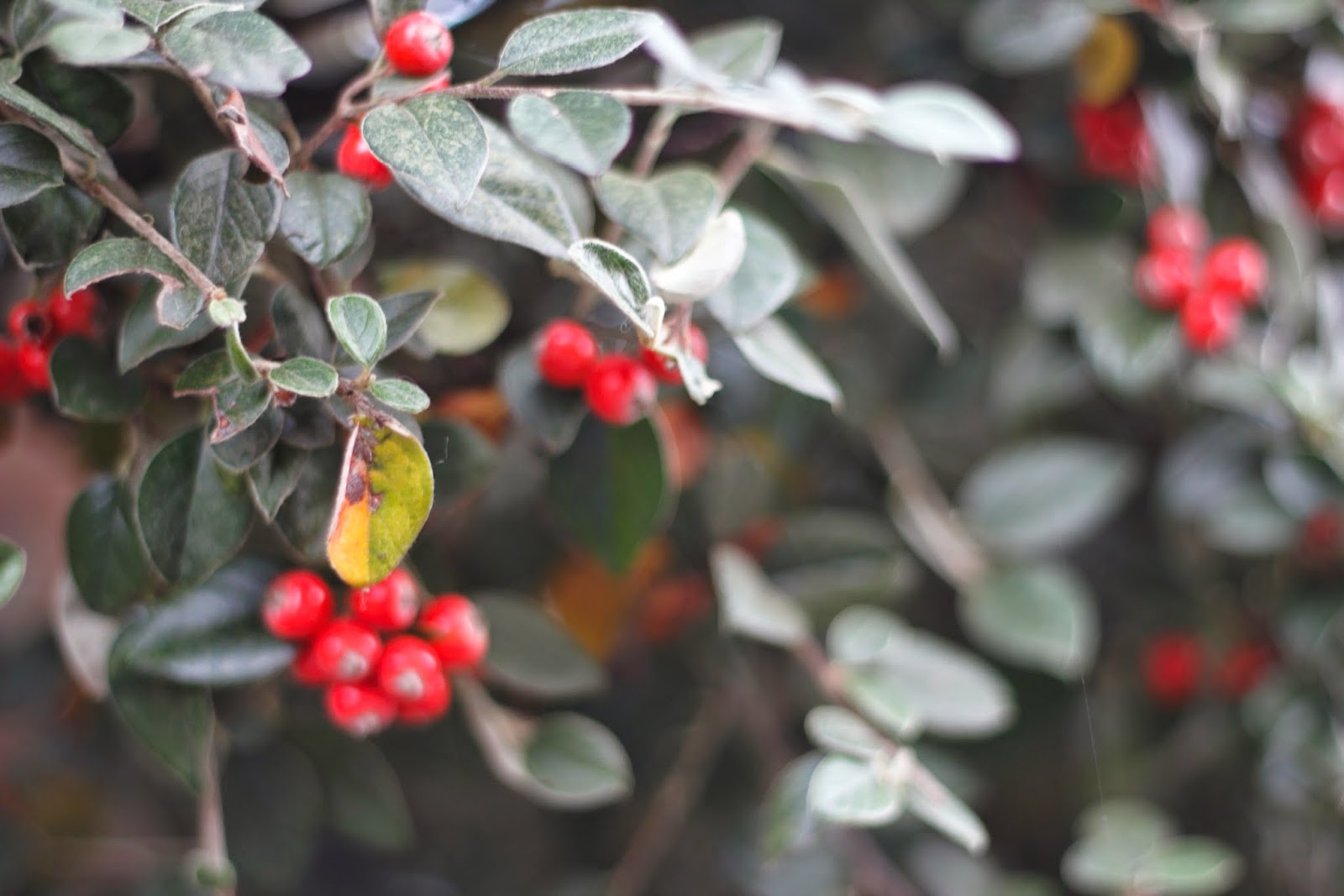About Me
Blog Archive
-
▼
2014
(80)
-
▼
November
(20)
- Maps and Journeys : Visuals (Occipital and Frontal...
- Professional Toolkit : Studio Shoot Evaluation
- Professional Toolkit : The Shoot
- Maps and Journeys : Bringing Everything Together T...
- Maps and Journeys : Colour Research (Parietal Lobe)
- Professional Toolkit : Studio Shoot Casting Actors
- Maps and Journeys : Tutorial Feedback
- Professional Toolkit : Studio Shoot Build 3
- Maps and Journeys : Visual Test Indoors 1 (Frontal...
- Maps and Journeys : Editing the Tests Together (Fr...
- Maps and Journeys : Indoor Test Shoots (Frontal Lobe)
- Maps and Journeys : Visual Research (Frontal Lobe)
- Maps and Journeys : Location Scouting (Occipital a...
- Professional Toolkit : Studio Shoot Build Workshop 2
- Maps and Journeys : Artist Research 3 (Inside My H...
- Maps and Journeys : Artist Research 2 (Universe Mi...
- Professional Toolkit : Studio Shoot Directing Acto...
- Professional Toolkit : Studio Shoot Directing Acto...
- Maps and Journeys : Artist Research 1 (Duende Diag...
- Professional Toolkit : Studio Shoot Build Workshop
-
▼
November
(20)
Popular Posts
-
Today I further developed the Synopsis and wrote a treatment for the film which can be seen below : Tom also put together the shot ...
-
To create the rough edit, I thought I would continue to use Avid to test my skills and improve my knowledge from what I learnt through the ...
-
In our tutorial we went over all our updated ideas with Rachel and decided that we'd focus on the Liminality one. However we expressed ...
-
Today we carried out several tests in G27 to see what will help us in post - production to simulate being underwater. Making clothing a...
-
After showing Rosie our test version of what the visual section might be like for the final piece she advised that we choose maybe a more s...
-
I was runner for Tom, Lucy and Shahid's group for their dance film "Parallel." At the beginning of the day, me and Kat...
-
Today we held our first rehearsal with the female dancer, Emma, who I had been in contact with from the outset from posting the casting ads...
-
I created a rough shot list to gain a first idea of what the film may look like and the kind of visuals we might want to gain from it. I se...
-
I found this Google Talk while searching for behind the scenes of various animations on Youtube, and after watching the first five minu...
-
Stopmotion My idea for Clay is to have him in warmer colours to represent his more physical, classic nature and relationship to the huma...












































